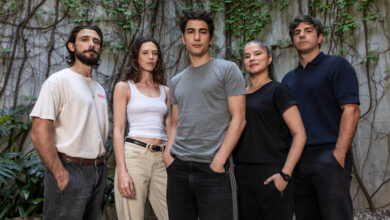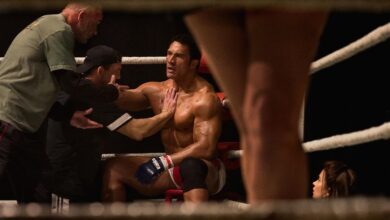More Marriage Story Memes
Here more of our favorites of Marriage Story.

LatinAmerican Post | Staff
Listen to this article
Marriage Story has been nominated five times in the Academy Awards. In addition to being nominated in the Best Picture category, three of its actors, Adam Driver, Scarlett Johansson and Laura Dern are nominated for Best Actor, Best Actress and Best Supporting Actress.
Its original score, composed by Randy Newman, is also nominated. So the memes fever started all over again. Here there are som of our favorites on scenes of this movie that was a great success in movie theaters and on Netflix platform. With these memes you can laugh and also will probably want to watch the movie again.
A Marriage Story was so sad pic.twitter.com/iVjSoUHAvi
— carol (@ballerguy) December 11, 2019
A Grocery Story pic.twitter.com/YzzsFyfyqk
— Joshua Twenty TwentRay (@joshuaray) December 13, 2019
powerful pic.twitter.com/WBbZvsWkKP
— Ben Rosen (@ben_rosen) December 7, 2019
Read also: Best Academy Award Nominees Memes
— carol (@ballerguy) December 11, 2019
Me when I still haven’t had the time to see Marriage Story so I have no context to all the twitter memes pic.twitter.com/r3IPJywZ9H
— DracuLaCroix (@sherlock_la) December 8, 2019




